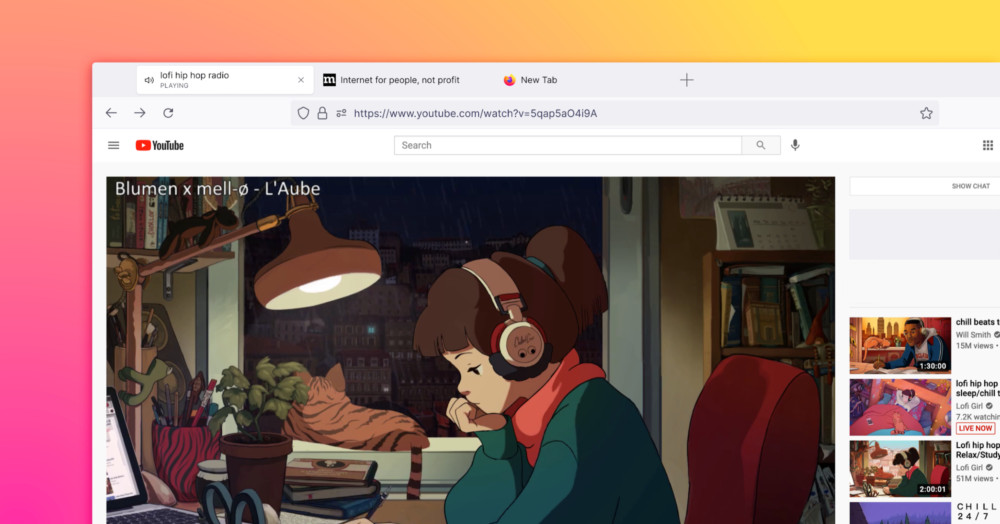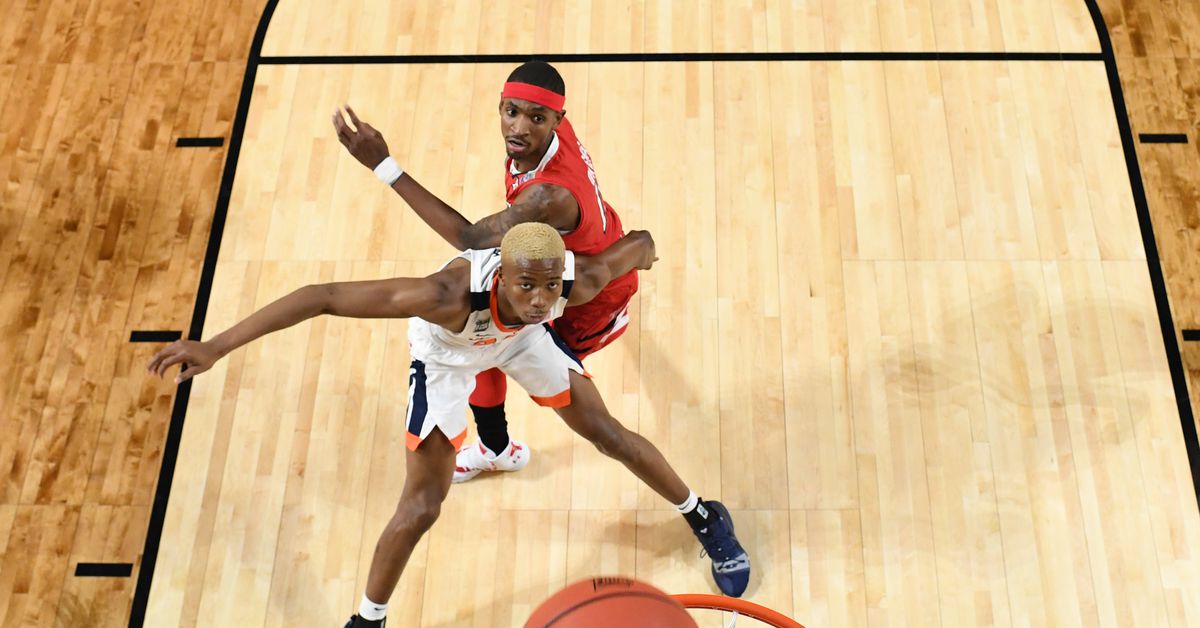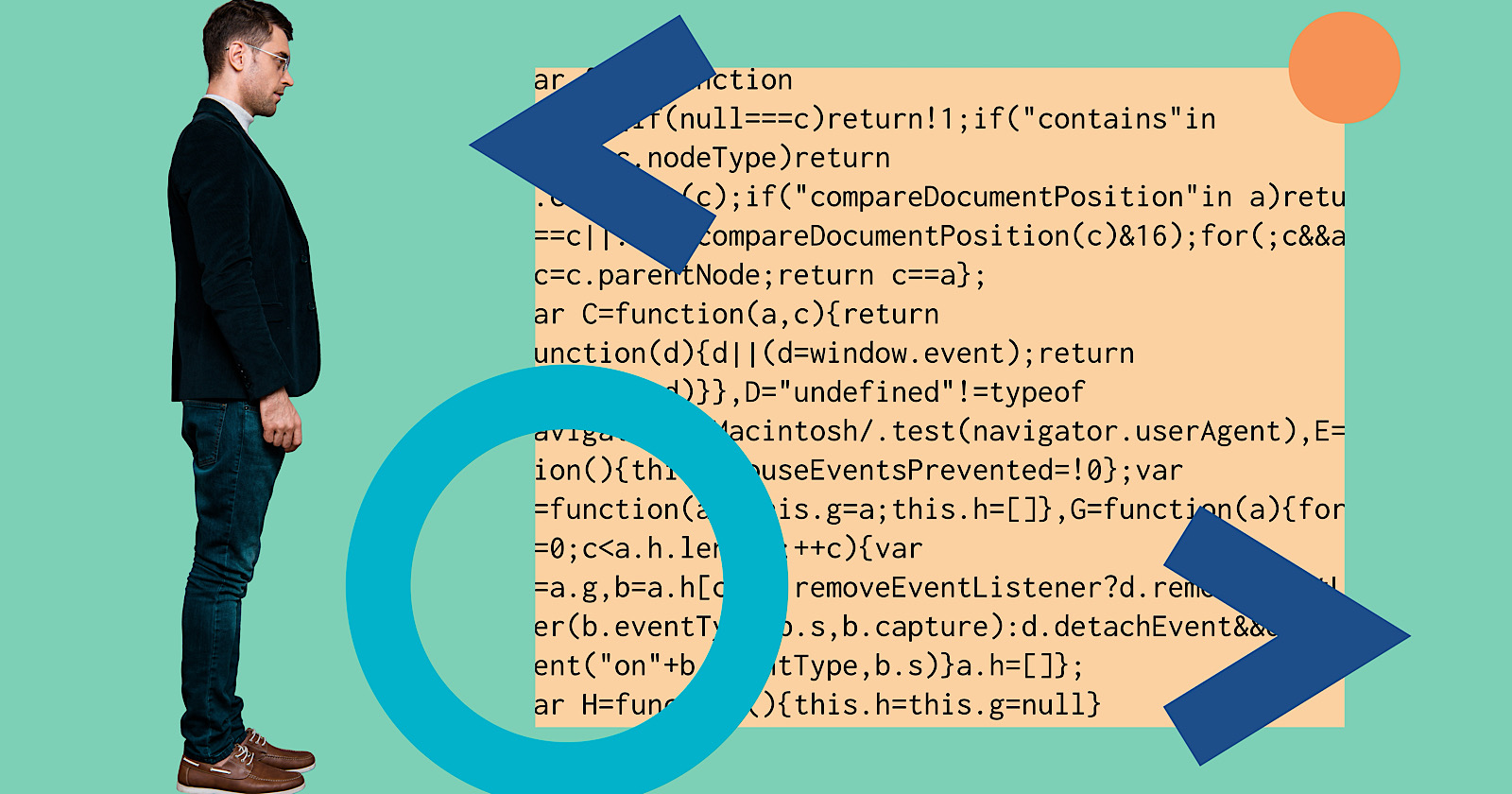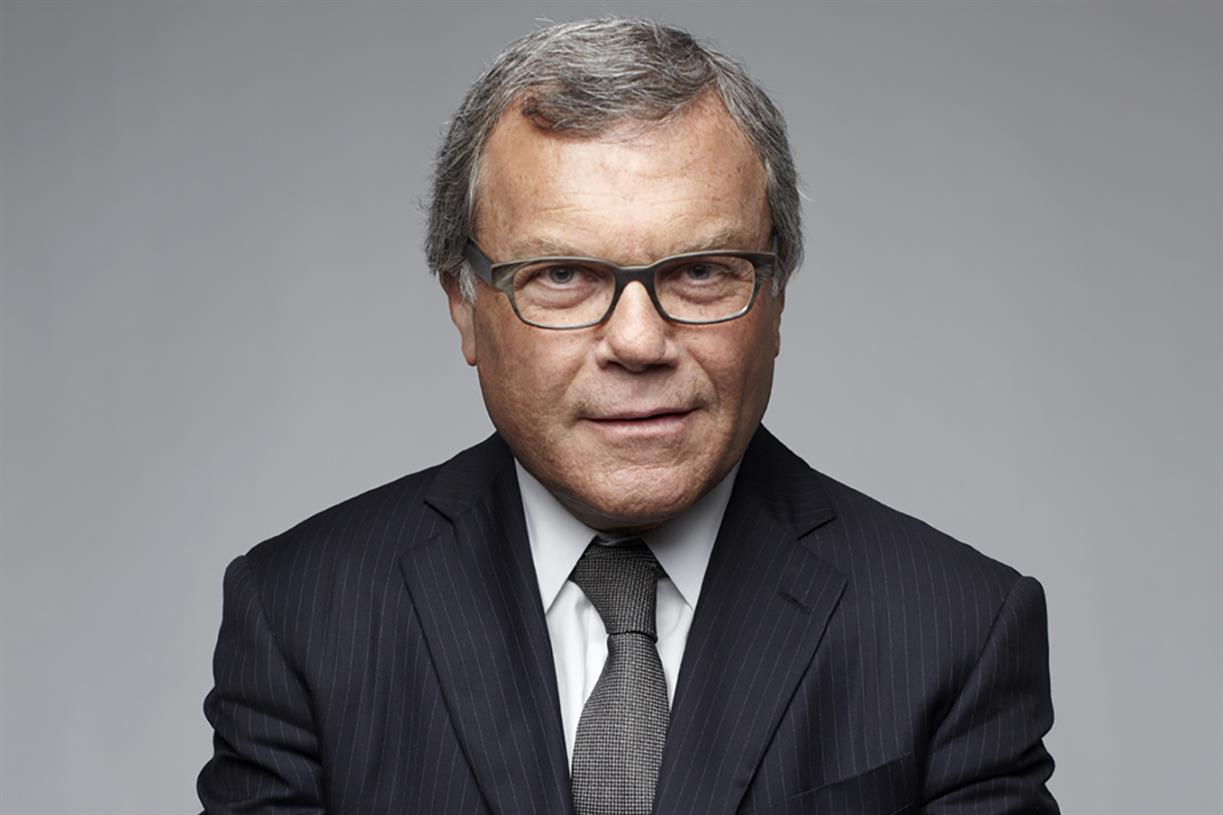Every smartphone should be a flip phone, starting right now
The perfect flip phone doesn’t yet exist — but someone needs to make it. | Photo by Allison Johnson / The VergeThe most immediately enticing thing about a flip phone, at least if you ask a gadget lover older...
/cdn.vox-cdn.com/uploads/chorus_asset/file/23934042/DSC03338_flip_4.jpg)
The most immediately enticing thing about a flip phone, at least if you ask a gadget lover older than about 30, is just the way it feels when it flips. The smartphone industry has never recaptured the way it felt to thwack your phone closed at the end of a phone call or the badassery of flicking it open as you bring it to your face.
Ironically, the only real downside of the current crop of flip phones is that they can’t replicate this feeling, either. Because they’re bigger, thicker, and heavier than the waif Razrs and Nokias of the early 2000s, the only way to flip them open with one hand is to shimmy your finger between the two parts and then pry-slash-wiggle the device until it opens up. After a few minutes, you figure it out. But it never seems cool.
That’s okay, though. There are lots of other good reasons to get a flip phone because a flip phone is better suited to what people actually want from their smartphone in 2023. Slowly but surely, thanks to devices like the Samsung Galaxy Z Flip 4 and the Motorola Razr Plus and the Oppo Find N2 Flip, we’re finally getting to see how good the flippy future can be. But we need more.
Photo by David Pierce / The Verge
In time, I suspect we’ll come to see the candy bar phone as not the final form of the phone but rather a waypoint in the journey, dictated more by the limits of glass manufacturing than the actual user experience. Foldable phones — which transform from a normal-sized smartphone slab into something much more like a tablet — will have their place. But flip phones should be the norm, and they should be the norm starting right about now.
For starters, a flip phone can be dramatically smaller than a slab phone. The Samsung Galaxy Z Flip 4, for instance, has a 6.7-inch main screen — bigger than the S23 Plus, the Google Pixel 7, and roughly identical to the iPhone 14 Pro Max — but when closed is only 3.3 inches tall by 2.83 inches wide. That’s about half as tall as your average top-end smartphone, and it feels more like holding a deck of playing cards. Sure, it’s still as heavy as those other devices and is thicker when it’s closed than other phones, but that smaller surface area means it’ll fit better in a tight pocket, a workout armband, even your hand. A phone that isn’t constantly trying to slide out of your hand; imagine!
A flip phone is also two devices in one. It’s not a tablet and a phone, like a foldable; like The Verge’s Allison Johnson says, it’s more like a phone and a smartwatch, a combo I like even better. Closed, its external screen shows you some handy information at a glance, and you can maybe even tap out a quick text reply or chat with your virtual assistant. Open, it’s… a smartphone.
A flip phone is not a tablet and a phone, like a foldable; it’s more like a phone and a smartwatch
I’ve always loved the idea of those intentionally dumb phones, like the Light Phone or the Punkt, but those come with way too many sacrifices. Smartphones are great precisely because they do everything, and giving that up is hard. But I don’t want to see all my notifications or that ultra-enticing TikTok icon every time I just want to check the time. A flip phone offers just enough friction in opening the thing up that I’m much more likely to keep it closed. It’s like the world’s most crackable lock, which is actually sort of perfect.
Having that bigger, brighter, higher-res, inevitably more fragile screen tucked away has a couple of other benefits as well. The first is durability — you’re just not going to scratch the screen as easily when it’s clamshelled closed in your purse or pocket. The second, and maybe more important, is battery life. Because you’re using the smaller screen some of the time rather than lighting up all six-plus inches of display, all that incessant checking of your phone won’t kill the battery so quickly.
Photo by Allison Johnson / The Verge
Honestly, that’s all enough for me. Virtually everything I want from a smartphone, flip phones do better than slab phones. Because lest you forget, when you open it up, it’s still a slab phone! It just… also closes.
But there’s one other, less obvious feature that makes flip phones great: they make much better picture-takers. You can flip your phone open halfway, prop it up on a table, and take video with no hands. It opens up lots of new angles, too. Here’s how Allison described it in her Z Flip 4 review: “I can also pop the phone open in Flex Mode, move the image preview to the lower half of the screen, and shoot from the hip — that way, I can get more natural candid shots because I’m not making the obvious ‘I’m taking a picture’ move of putting the phone in front of my face.” I mean, heck, if you’re feeling really feisty, you could drape the half-folded phone over a tree branch and snap a whole new kind of nature shot.
Okay, so I’ve convinced you, right? Flip phones forever! Here’s the problem: none of the flip phones currently on the market live up to this promise. There aren’t even many to choose from. The Z Flip 4 gets a lot of things right, but it’s held back by a too-small front screen and a just-fine camera setup. The new Razr Plus looks really promising, particularly because of its larger front screen, though its processor and durability ratings aren’t particularly impressive. It also gets the software wrong, I think; letting me run full apps on the front screen isn’t just silly — it runs against the whole appeal of a flip phone.
What we need is competition. That’s going to take the rest of the smartphone world, from Apple and Google to Huawei and Oppo to Nothing and OnePlus, to all decide that flip phones are the future. They can and should keep working on slab phones and foldables because those have their place and their users. But we had it right in 2003: the best kind of phone is a flip phone. Phones got smarter, and their shape got worse. It’s time for us to finally get the best of both worlds.
And if someone could figure out how to make that open-and-close motion feel as satisfying as it used to, that’d be super. I’d pay extra for the thwack.

 JaneWalter
JaneWalter 
































